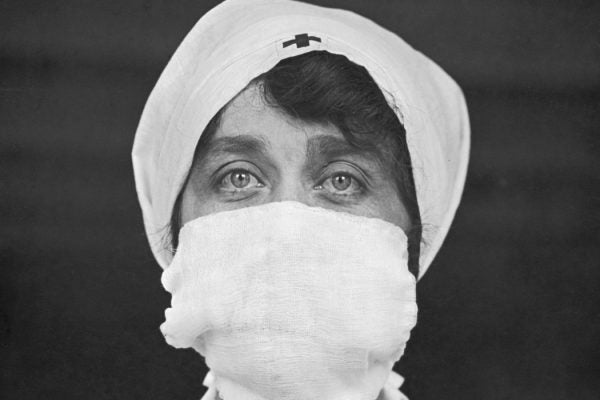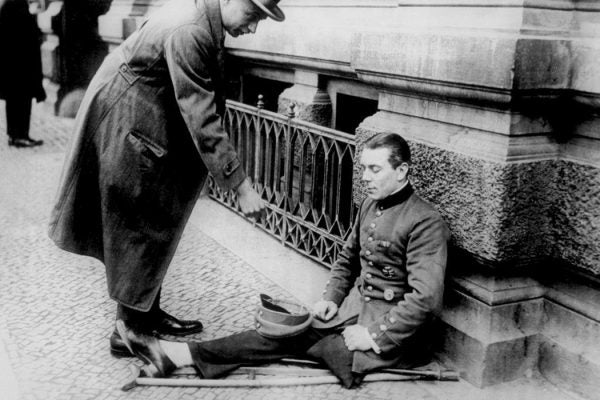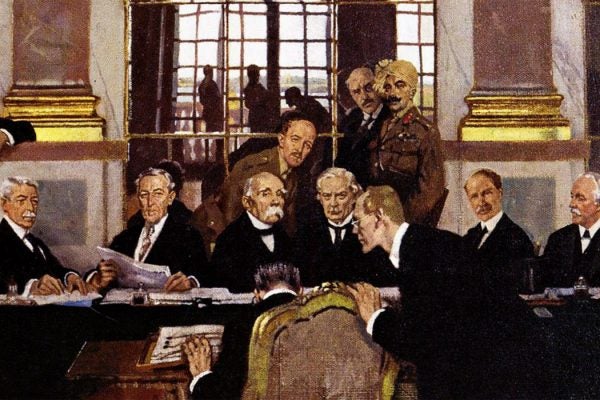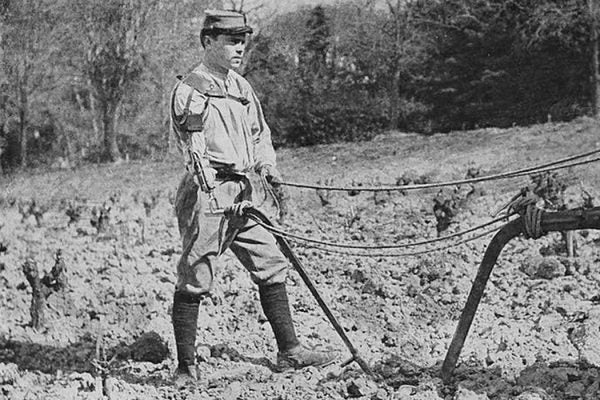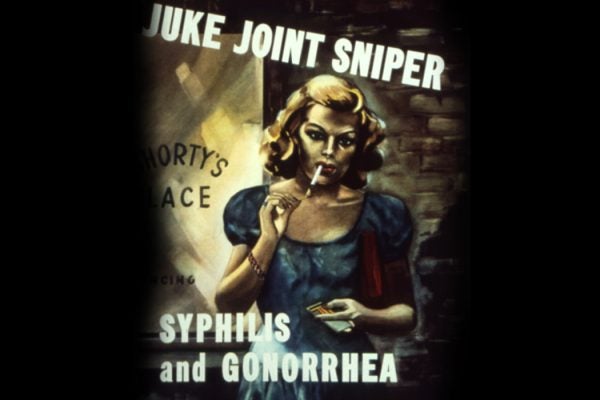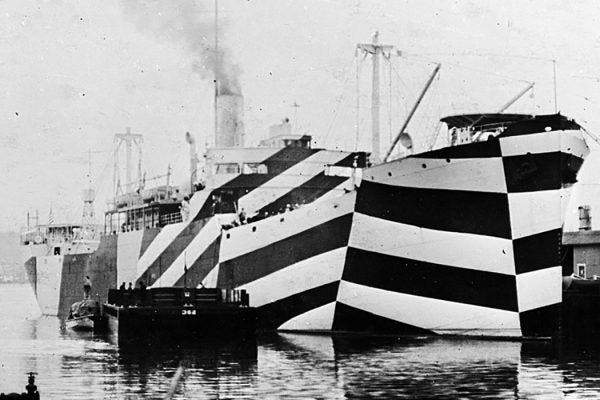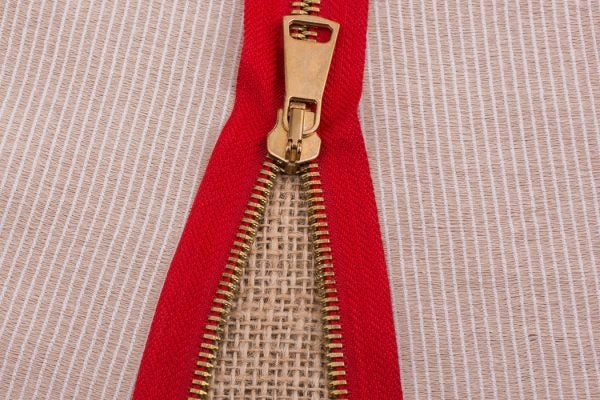Poetry from the Trenches of WWI
Tragically killed in action during the Battle of Arras in 1917, Edward Thomas was on the verge of a breakthrough.
The 1918 Parade That Spread Death in Philadelphia
In six weeks, 12,000 were dead of influenza.
When Germany Called its Soldiers Hysterical
After WWI, German psychiatrists diagnosed traumatized soldiers as having "hysteria," othering the men to somewhat disastrous effect.
The Fable of the Fourteen Points
Woodrow Wilson's legendary support for "self-determination" is indeed just a legend.
How Masks of Mutilated WWI Soldiers Haunted Postwar Culture
In the age before plastic surgery, masks were the best option for veterans with faces scarred by war. The end results, however, were somewhat uncanny.
Building Colonies for WWI Veterans
After World War I, policymakers seriously considered the idea of setting up farming colonies for returning veterans.
When America Incarcerated “Promiscuous” Women
From WWI to the 1950s, the "American Plan" rounded up sexually-active women and quarantined them, supposedly to protect soldiers from venereal disease.
The Camouflage That Dazzled
During WWI, artist and British naval officer Norman Wilkinson came up with an idea so crazy it just may have worked: Dazzle Camouflage.
The Unlikely Spy Alliance Behind the 1916 Black Tom Explosion
German imperialists teamed up with Irish republicans and Indian nationalists during World War I; the resulting conspiracy trial ended in a courtroom assassination.
How WWI Made the Zipper a Success
A money belt with a zipper became an instant success among WWI U.S. sailors, whose uniforms did not have pockets. Almost all initial zipper sales were for the money belts.

